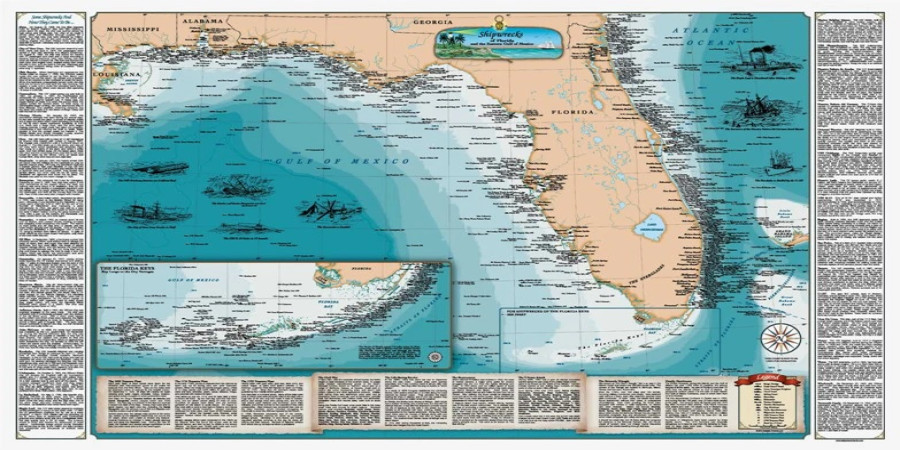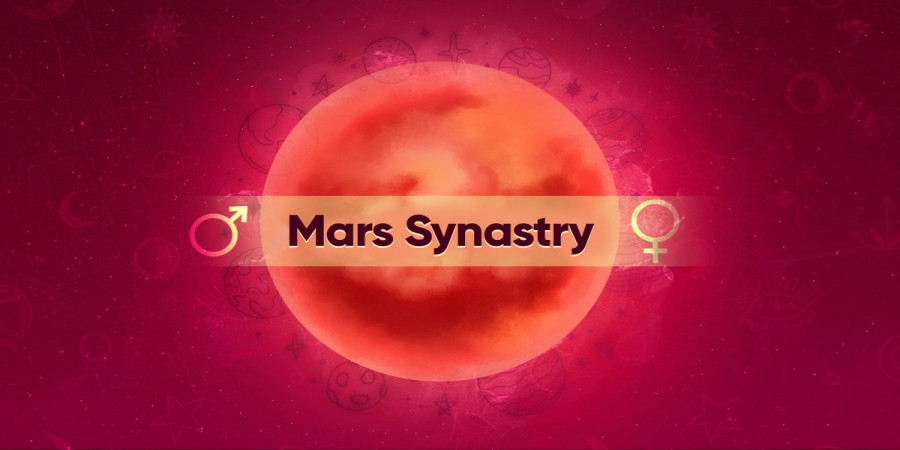

Sunken Secrets: Unveiling the Graveyard of the Gulf of Mexico
The vast expanse of the Gulf of Mexico holds a hidden history beneath its waves. Scattered across the seabed lie the ghostly remains of thousands of shipwrecks, each a silent testament to the perils of maritime exploration and commerce. For treasure hunters, historians, and oceanographers alike, a map of these shipwrecks offers a glimpse into the past and a roadmap for future discoveries.
This article delves into the intriguing world of shipwreck maps in the Gulf of Mexico, exploring the factors that contribute to their creation, the challenges involved, and the valuable insights they offer. We'll also explore some of the organizations and technologies that are pushing the boundaries of underwater exploration, potentially revealing new shipwrecks and the stories they hold.
The Making of a Map
Creating reliable maps of shipwrecks in the Gulf of Mexico is a complex process:
- Historical Records: Researchers delve into historical archives, shipping logs, old newspapers, and insurance records to piece together information about lost vessels, including their names, approximate locations, and the circumstances of their sinking.
- Sonar Surveys: Sonar technology is essential for detecting submerged shipwrecks. Side-scan sonar and multibeam sonar systems sweep the seafloor, sending sound waves that bounce off submerged objects. These signals create images that reveal potential shipwreck sites.
- Remotely Operated Vehicles (ROVs): Once a potential site is identified, ROVs with cameras and sensors are deployed. They provide detailed visuals, confirming if the object is indeed a shipwreck and gathering data like dimensions, condition, and surrounding artifacts.
- Ground Truthing (Verification): In some cases, divers might be sent to visually inspect the wreck, especially those in shallower waters, to gather additional information and aid in identification.
Challenges and Discoveries
Surveying the Gulf of Mexico presents unique obstacles for shipwreck mapping:
- Vastness: The Gulf's sheer size makes it difficult to survey its entirety. Research focuses on areas with known high concentrations of wrecks or based on historical shipping routes.
- Depth: Many wrecks lie in deep waters, requiring specialized equipment and expertise for exploration.
- Turbidity: Sediment and water currents can reduce visibility, making it harder to identify and survey wrecks.
Despite these challenges, ongoing explorations continuously unveil new shipwrecks. Recent discoveries include the "Monterrey Shipwreck," located off the Texas coast, and a potential 19th-century steamship near Florida.
The Value of Shipwreck Maps
Maps of shipwrecks in the Gulf of Mexico serve multiple purposes:
- Historical Insights: They reveal maritime trade routes, naval warfare patterns, and the evolution of shipbuilding technology across centuries.
- Archaeological Research: Shipwrecks act as time capsules, offering valuable insights into past societies, their technologies, and everyday life.
- Environmental Management: Wreckage sites can affect marine ecosystems. Understanding their locations helps assess and mitigate potential environmental risks.
- Tourism and Education: Shipwreck maps contribute to underwater tourism initiatives and raise public awareness about maritime heritage and ocean conservation.
The Future of Exploration
The exploration of shipwrecks in the Gulf of Mexico is an ongoing endeavor. With advancing technologies such as autonomous underwater vehicles (AUVs), we can expect discoveries to further illuminate this hidden chapter of history.
Let me know if you'd like a specific section expanded or want to learn more about a particular aspect!
References:
- National Oceanic and Atmospheric Administration (NOAA) Ocean Exploration: https://oceanexplorer.noaa.gov/gulfexpeditions/expeditions.html
- Bureau of Ocean Energy Management (BOEM): https://www.boem.gov/newsroom/notes-stakeholders/boem-releases-series-videos-exploring-shipwrecks-gulf-mexico
Popular articles

Apr 11, 2024 07:40 PM

May 25, 2024 08:09 PM

Apr 11, 2024 07:22 PM

Apr 10, 2024 07:59 PM

Mar 14, 2024 07:53 PM
Comments (0)